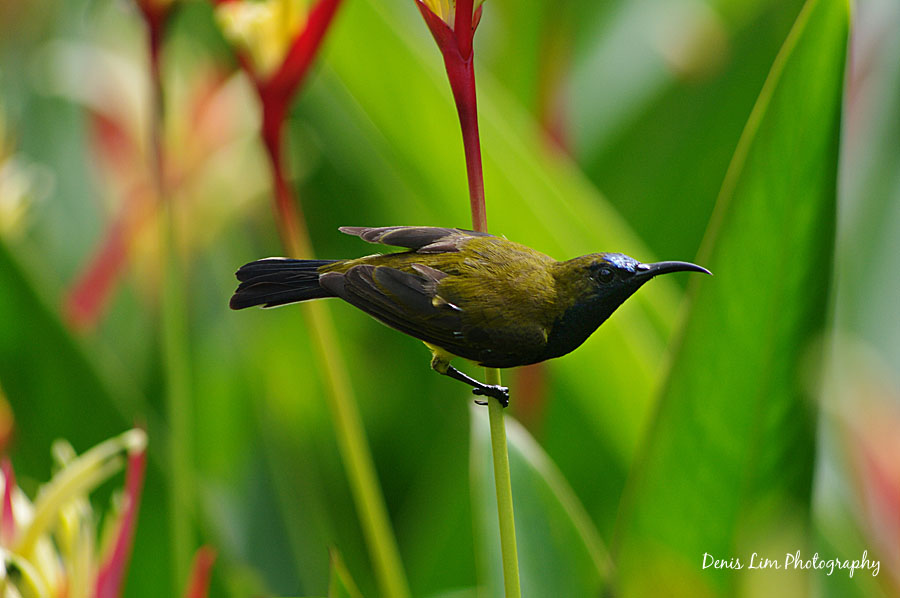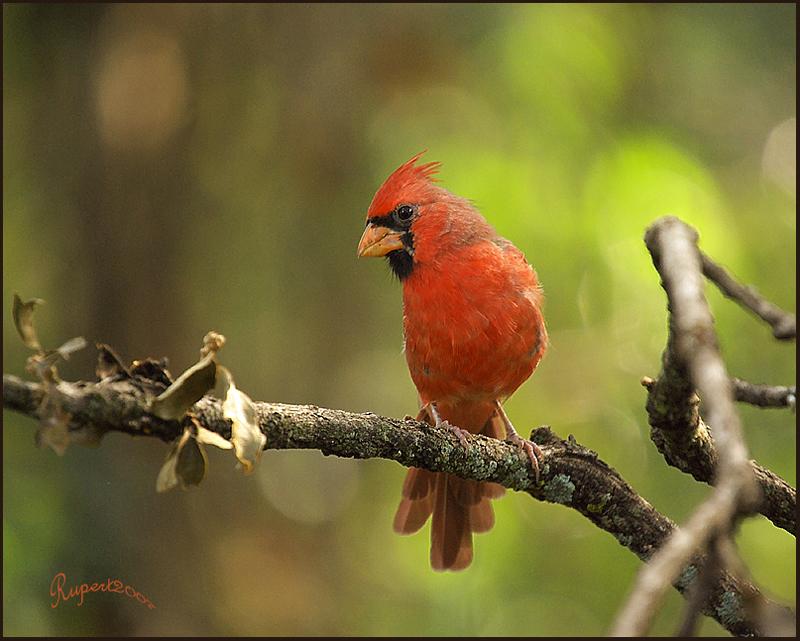 Originally posted by derekkite
Originally posted by derekkite 
Has anyone done any tests to determine how effective K-5 SR is when hand holding long lenses?
I used a canon super zoom for a while and it had the ability to shut off part of the sr when panning. I'm curious whether it makes sense to have SR on at all when using my 300mm lenses, especially when following moving wildlife.
My understanding of the operation of SR in the body is that the sensor is shifted to follow the moving image. It would be effective only as far as the sensor can move, and probably not be terribly effective at long focal lengths.
Using a zoom lens that can go to 300mm on my K20D (FF= 450mm) the K20D will default to a minimum speed of 1/180. This means the engineers were confident most people could take a hand held pic at that speed with good results. Thats about a two stop advantage using 1.5X as the rule. Of course most people can shoot at lower speed than this at 300mm. Its just a camera default. Shake Reduction is very effective at long focal lengths, even moving, it seems!
This goes against everything I have read. I shoot BIF with SR on. I have no problem tracking and or getting good sharp results even during high body speed movements such as trying to track a gull up close flying around me, toward me, above me, to the point I am about to lose my balance. Shake Reduction has no negative effects in fact seems to help! I use 11 point AF-C mode with a K20D and DA55-300mm. I am swinging the camera back and forth, up/down. How is Shake Reduction working for me? I really would expect the system to be overwhelmed by my body movements. Then again even with
SR turned off its not physically locked down but magnetically held perpendicular to the lens and must compensate (
but not correct shake) to keep it square with the lens by moving the SR platter in all directions including diagonally even in the K20D. The difference is it does not compensate for shake in this mode, but only keeps the sensor lined up with the back of the lens. Pretty strong magnets and fast, no? It may be this fact of how powerful the system is that enables very good results using it even panning up/down all around with it
turned on and
compensating for shake. In some of my pics I see a level of detail that I really believe is the result of Shake Reduction smoothing my movements. Although some of these are not at 300mm I still get the same results at that focal lenght. Not only does Shake Reduction help at 300mm, SR at the very least does not hurt even when panning at 300mm.









 Similar Threads
Similar Threads 























 Post #21 by creampuff
Post #21 by creampuff








